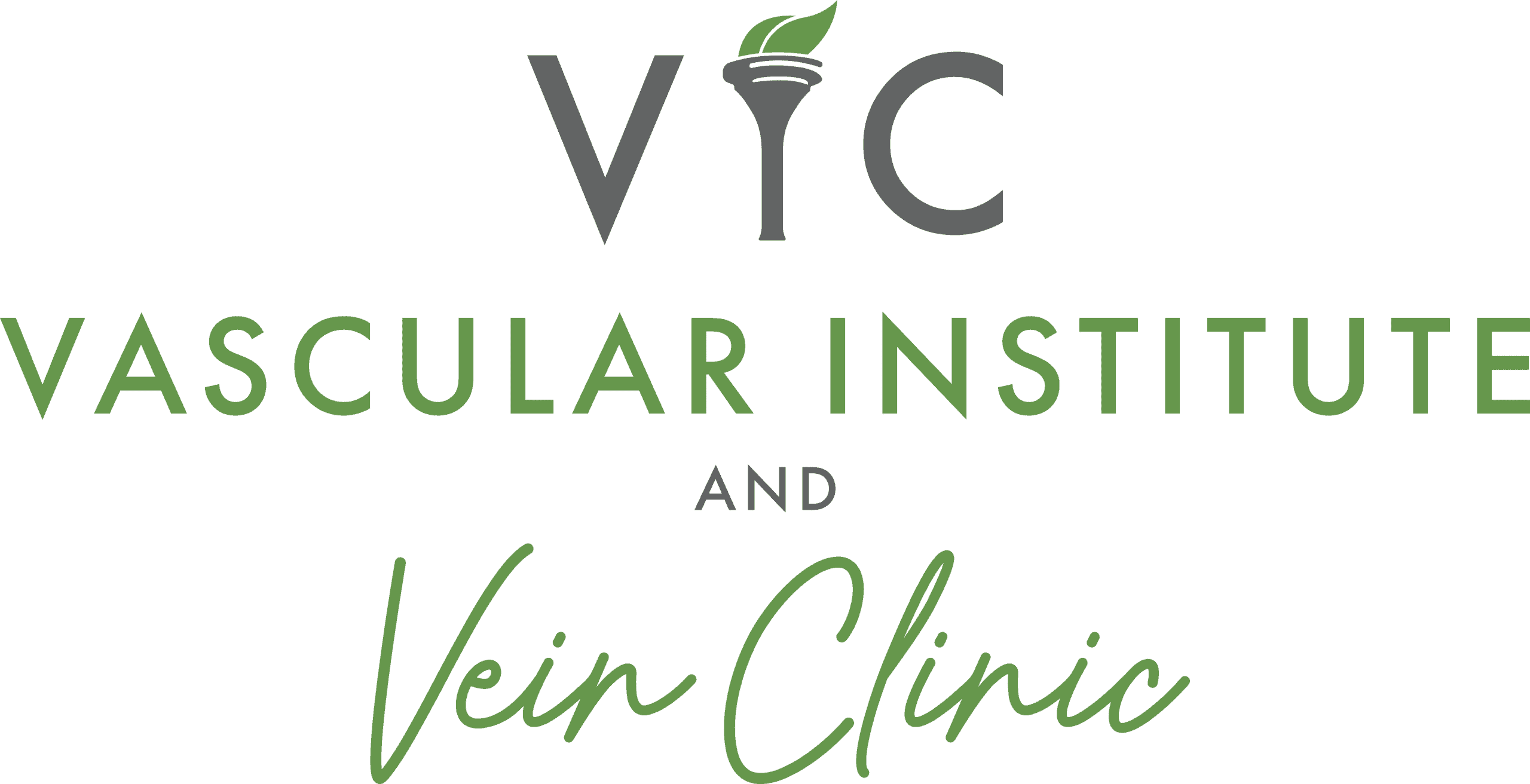|
|
Pulmonary embolism is a serious medical condition that occurs when a blood clot travels to the lungs and blocks blood flow. This can lead to a disruption in oxygen supply and cause damage to the lung tissue. This often causes shortness of breath or chest pain. While pulmonary embolism can be life-threatening, it is treatable if diagnosed early. This blog will discuss the leading causes, risk factors, treatment options, and lifestyle changes that can reduce the risk of developing pulmonary embolism.
What are the leading causes?
The most common cause of pulmonary embolism is a blood clot that forms in the deep veins of the legs, also known as deep vein thrombosis (DVT). From there, the blood clot can travel to the lungs and cause a pulmonary embolism. Other causes can include surgery, trauma, cancer, pregnancy, obesity, and prolonged sitting or inactivity.
Who is at risk or what are the risk factors?
Certain factors can increase the risk of developing pulmonary embolism. These include a history of DVT or pulmonary embolism, cancer, heart or lung disease, pregnancy, hormonal therapy or birth control use, tobacco use, obesity, and prolonged immobility.
Are there changes in lifestyle to minimize the risk?
Yes, there are several lifestyle changes that can help reduce the risk of developing pulmonary embolism. It’s important to maintain an active lifestyle and maintain a healthy weight. Avoiding long periods of inactivity or sitting for extended periods is also crucial. When traveling, it is important to take regular rest breaks to stretch your legs and walk for a few moments. Additionally, quitting smoking and reducing alcohol consumption can reduce the risk of pulmonary embolism.
What are the treatment options?
Treatment for pulmonary embolism aims to dissolve the blood clot and prevent further clots from forming. The most common treatments include oral anticoagulant and intravenous thrombolytic therapy. In rare cases, surgery may be needed to remove the clot.
Is this a survivable diagnosis?
Yes, pulmonary embolism is survivable if diagnosed early and treated promptly. However, delayed diagnosis and treatment increase risk of complications and death.
Pulmonary embolism is a serious medical condition that requires immediate medical attention. It is important to take preventative measures like maintaining a healthy lifestyle and promptly seeking medical care if you experience any symptoms such as shortness of breath, chest pain, or coughing up blood. With proper diagnosis and treatment, pulmonary embolism can be survivable, so don’t hesitate to seek medical attention if you suspect you may have it.






